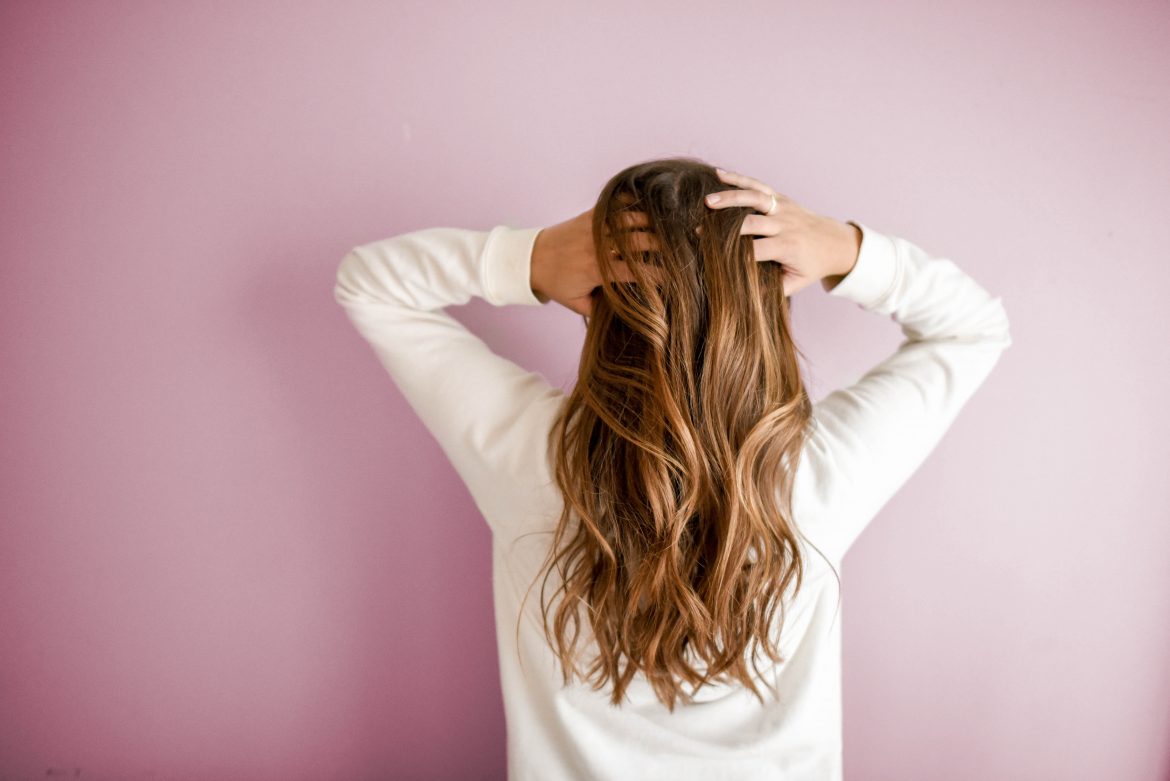No longer just associated with men living out their golden years, balding is a condition that affects people of both sexes and can start as early as one’s twenties. A survey conducted in SA showed that about 40% of women show signs of early hair loss and, considering that a lot of women regard their hair as their ‘crowning glory’, this problem can be extremely traumatic. Fortunately, preventative measures can be taken to make the symptoms less severe and keep locks stronger for longer.
UNDERSTANDING HAIR LOSS
Why do certain people experience balding, but others have thick, healthy hair all their lives? For the most part, it boils down to genetic predisposition, lifestyle choices, hormonal changes and health concerns. While everyone loses an average of 50 to 100 strands a day, more than that can be indicative of something more worrying, such as the autoimmune disease alopecia, a deficiency, stress or the onset of male- or female-pattern baldness. Hair loss associated with stress, disease or hormonal imbalances is often random and patchy, while pattern baldness in men often starts with the recession of hair on the forehead or crown, and in women on the top third of the head, although this is usually a more gradual process. While hair loss that’s triggered by ill health can be restored, this is not always the case with pattern baldness, but there are nevertheless treatment options available for people to keep their hair healthy and also delay the obvious symptoms.
TREATMENT OPTIONS
So even if your hair starts falling out, not all is lost – yet! Your local GP or a specialist will be able to determine what’s causing the baldness and will be able to advise on a course of action, whether it be medication, supplements, or medicated shampoo and conditioner. There are also home hacks, such as daily scalp massages and coconut-oil masks, which are touted to help reduce hair loss and stimulate growth. These methods haven’t been scientifically substantiated, but many people swear by them and report a noticeable difference in the quantity and quality of their hair.
PREVENTATIVE MEASURES
Here are some tips when it comes to preserving your tresses:
• Weaves, hairpieces and tight up-dos can, over some time, cause irreparable damage to your hair. Make sure you have weaves done by professionals, take breaks in between styles, and wear your hair loose and natural as much as possible.
• Invest in a high-quality shampoo and conditioner. Using hair straighteners every day can weaken hair and lead to breakage, so use sparingly.
• Eat foods known to promote healthy skin and hair, such as fish, nuts, green veggies and yoghurt, and supplement your diet with a vitamin complex with omega-3 acids, magnesium, potassium and zinc. Beauty starts from within!
[image by Element Digital 5 via Unsplash]

